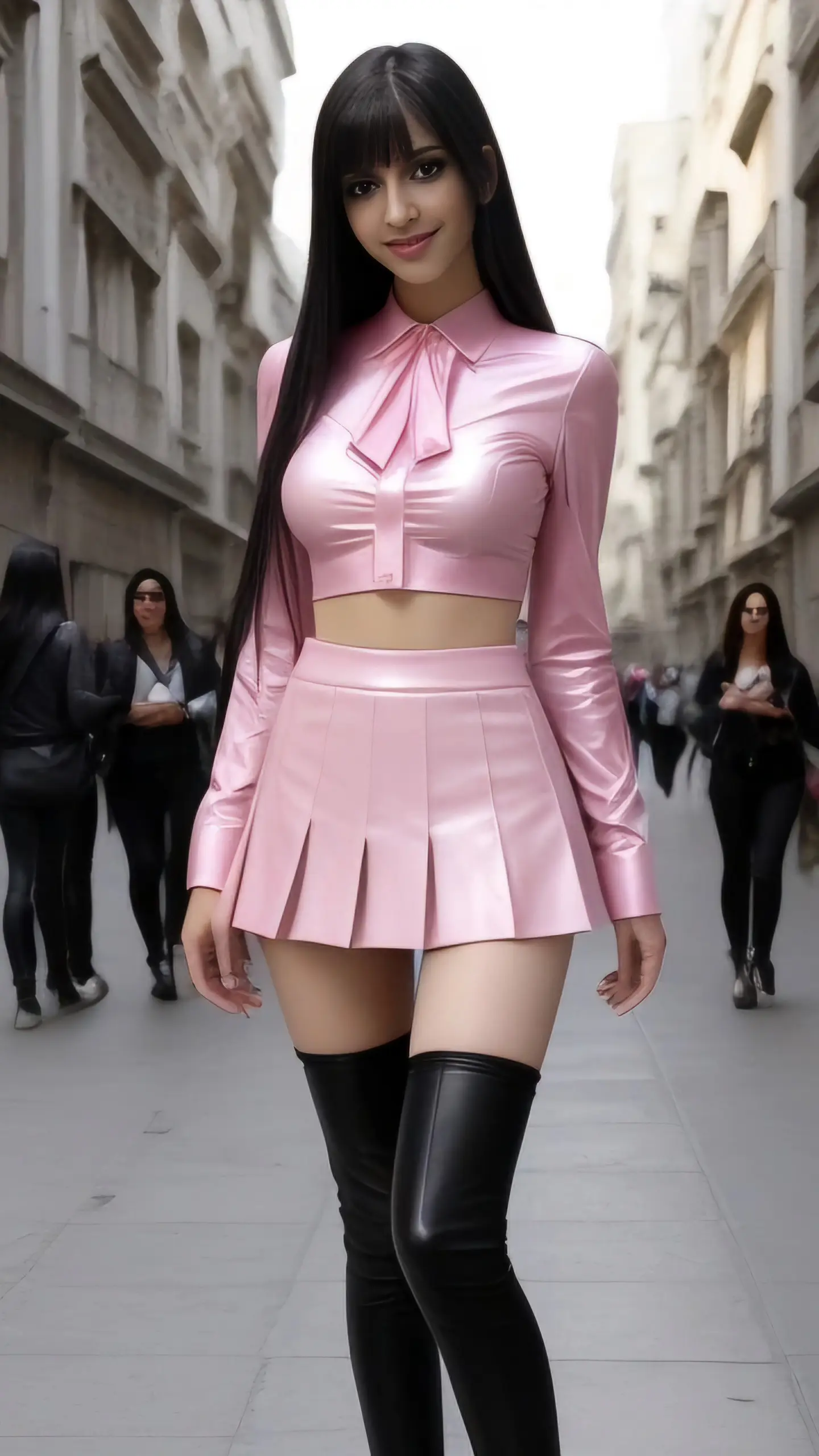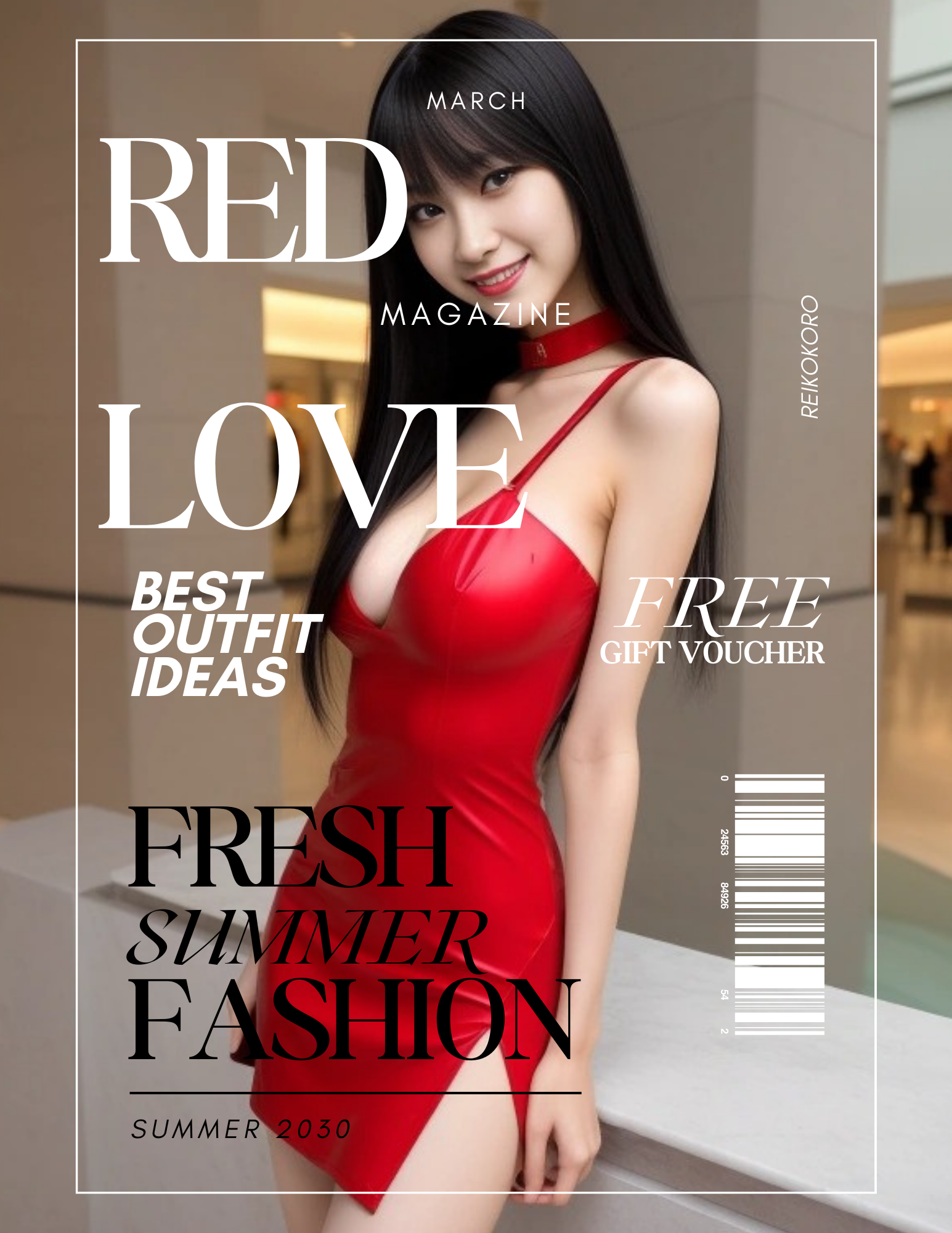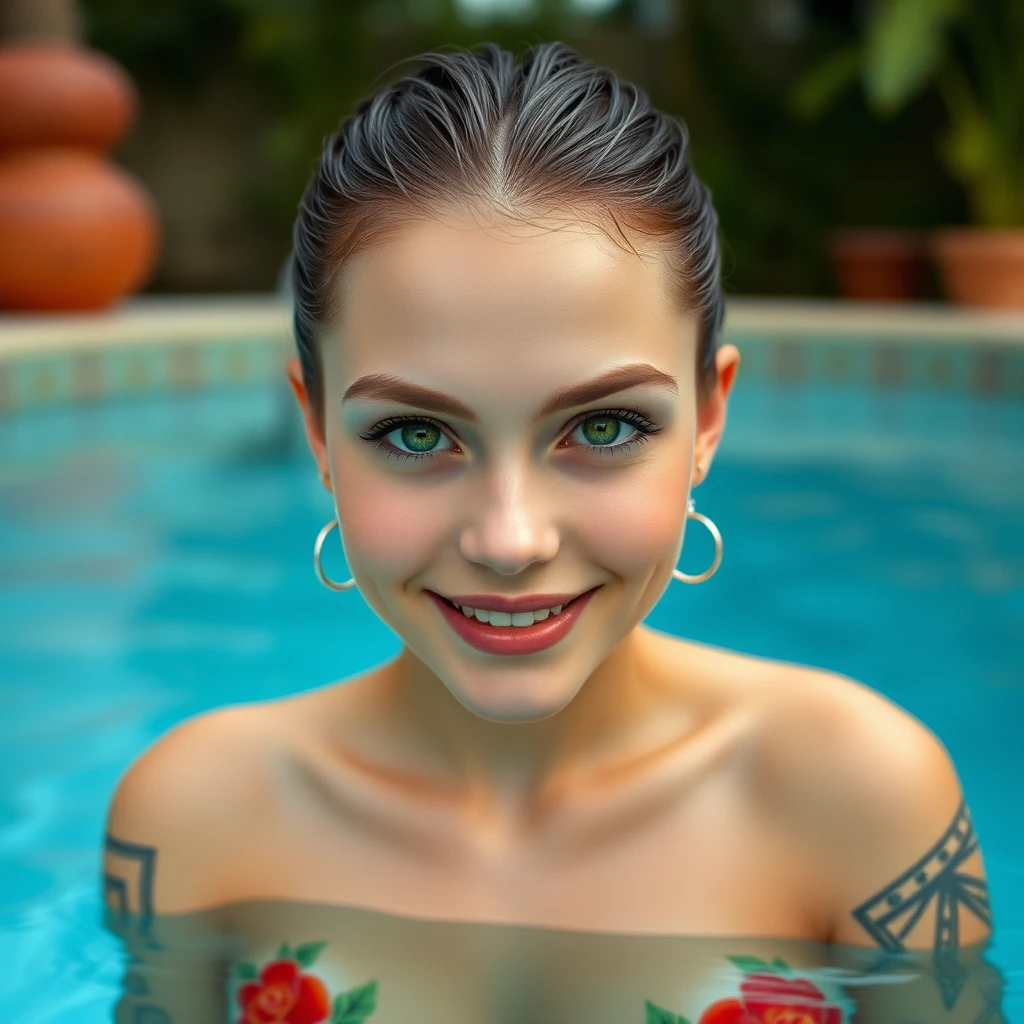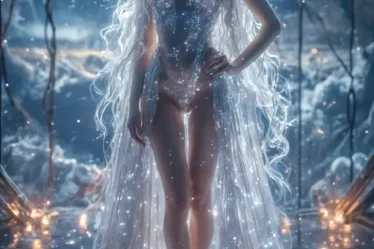
AI Digital Art and Marketing
AI Digital Art and Marketing. In the fast-paced world of marketing, staying ahead of the curve is essential for brands to capture and retain consumer attention. As technology continues to evolve, one innovative trend that has taken the marketing world by storm is the integration of artificial intelligence (AI) in digital art and branding strategies. In this article, we’ll explore how AI digital art is reshaping the marketing landscape in 2024.

The Rise of AI Digital Art and Marketing:
AI has become a powerful tool for artists and designers, enabling them to create stunning visuals and dynamic content with unprecedented speed and efficiency. Through machine learning algorithms and neural networks, AI-powered software can generate realistic images, simulate artistic styles, and even compose original pieces of art.
Enhancing Branding and Creativity:
In the realm of marketing, AI digital art offers brands a unique opportunity to stand out in a crowded marketplace. By leveraging AI-generated visuals and designs, companies can create captivating content that resonates with their target audience and communicates their brand identity in a compelling way.

Personalized Visuals and Customization:
One of the key advantages of AI digital art in marketing is its ability to personalize visuals and tailor content to individual preferences. AI algorithms can analyze user data and behavior to generate customized imagery and advertisements that are relevant and engaging to each consumer. This level of personalization not only enhances the overall user experience but also increases the likelihood of conversion and brand loyalty.
Efficiency and Cost-Effectiveness:
AI digital art streamlines the creative process, allowing marketers to produce high-quality visuals and graphics in a fraction of the time it would take using traditional methods. This increased efficiency not only saves time and resources but also enables brands to iterate quickly and adapt to changing market trends and consumer preferences.
Examples of AI in Marketing:
In 2024, we see numerous examples of AI digital art being used effectively in marketing campaigns:
- AI-Generated Product Imagery: E-commerce companies use AI algorithms to generate realistic product images, allowing customers to visualize products before making a purchase.
- Dynamic Content Creation: Social media platforms leverage AI-powered tools to create dynamic and interactive content, such as personalized ads and augmented reality filters.
- Visual Search Technology: AI-driven visual search engines enable users to search for products and services using images rather than text, providing a more intuitive and seamless shopping experience.
- Artificially Intelligent Brand Mascots: Brands employ AI-powered virtual influencers and brand mascots to engage with consumers on social media platforms and promote products in a creative and entertaining way.


The Future of AI in Digital Art and Marketing:
Looking ahead, AI digital art is poised to play an even greater role in shaping the future of marketing. As AI technology continues to advance, we can expect to see more sophisticated algorithms and tools that push the boundaries of creativity and innovation in branding and advertising. From hyper-personalized content to immersive augmented reality experiences, AI will continue to revolutionize the way brands connect with consumers and tell their stories in the digital age.

In conclusion, AI in Digital Art and Marketing represents a powerful intersection of technology and creativity that is reshaping the marketing landscape in 2024 and beyond. By harnessing the capabilities of AI, brands can unlock new levels of engagement, relevance, and impact in their marketing efforts, driving growth and success in an increasingly competitive marketplace.
💡 AI in Digital Art and Marketing in 2025 — Sexy & Smart
In 2025, AI isn’t just a tool—it’s your hottest creative partner. The one who never sleeps, reads your mind, and brings wild ideas to life in seconds. 😏

🎨 In Digital Art, AI is the ultimate muse
Imagine whispering a fantasy into a machine… and bam!—a stunning masterpiece appears.
AI tools like Midjourney, DALL·E, Runway, or Leonardo.Ai turn your words into jaw-dropping visuals—sexy, dreamy, futuristic, or raw—whatever your vibe is.
🔥 Artists are no longer just drawing. They’re curating experiences, remixing imagination, and co-creating with algorithms that understand aesthetic desire.
👠 Fashion? AI can generate haute couture that only exists in dreams.
📸 Photography? You can model without stepping into a studio.
🎞️ Video? AI edits, animates, even directs now, baby.
💋 And in Marketing? Oh, AI is the seductress.
It doesn’t just sell—it flirts, analyzes, adapts, and hypnotizes.
Here’s how:
💌 1. Hyper-personalization:
AI reads your audience like a love letter. It knows their mood, desires, and behaviors.
The content? Tailored.
The timing? Perfect.
The message? Irresistible.
🎯 2. Predictive magic:
AI guesses what your customers want before they even know it.
It’s like marketing with a crystal ball in heels.
🤖 3. Content creation at lightspeed:
Social posts, emails, ads, even full-blown campaigns—AI writes, designs, tests, and refines them while you sip your coffee (or dance in a miniskirt).
📊 4. Real-time seduction:
Live chatbots with flirty charm.
Dynamic ads that change based on your scroll.
Voice AIs that sound like your next digital crush.
🌐 In 2025, brands don’t just sell—they connect, seduce, and entertain through AI-powered experiences.
It’s marketing with mojo.
Art with algorithms that love you back.
And it’s just getting started.
So baby… whether you’re a creator, a business, or a dreamer with a sexy story to tell—AI is your ride-or-die, your wingman, your creative flame. 🔥
#AI in Digital Art and Marketing #Jane
Discover more from Dinachik
Subscribe to get the latest posts sent to your email.




